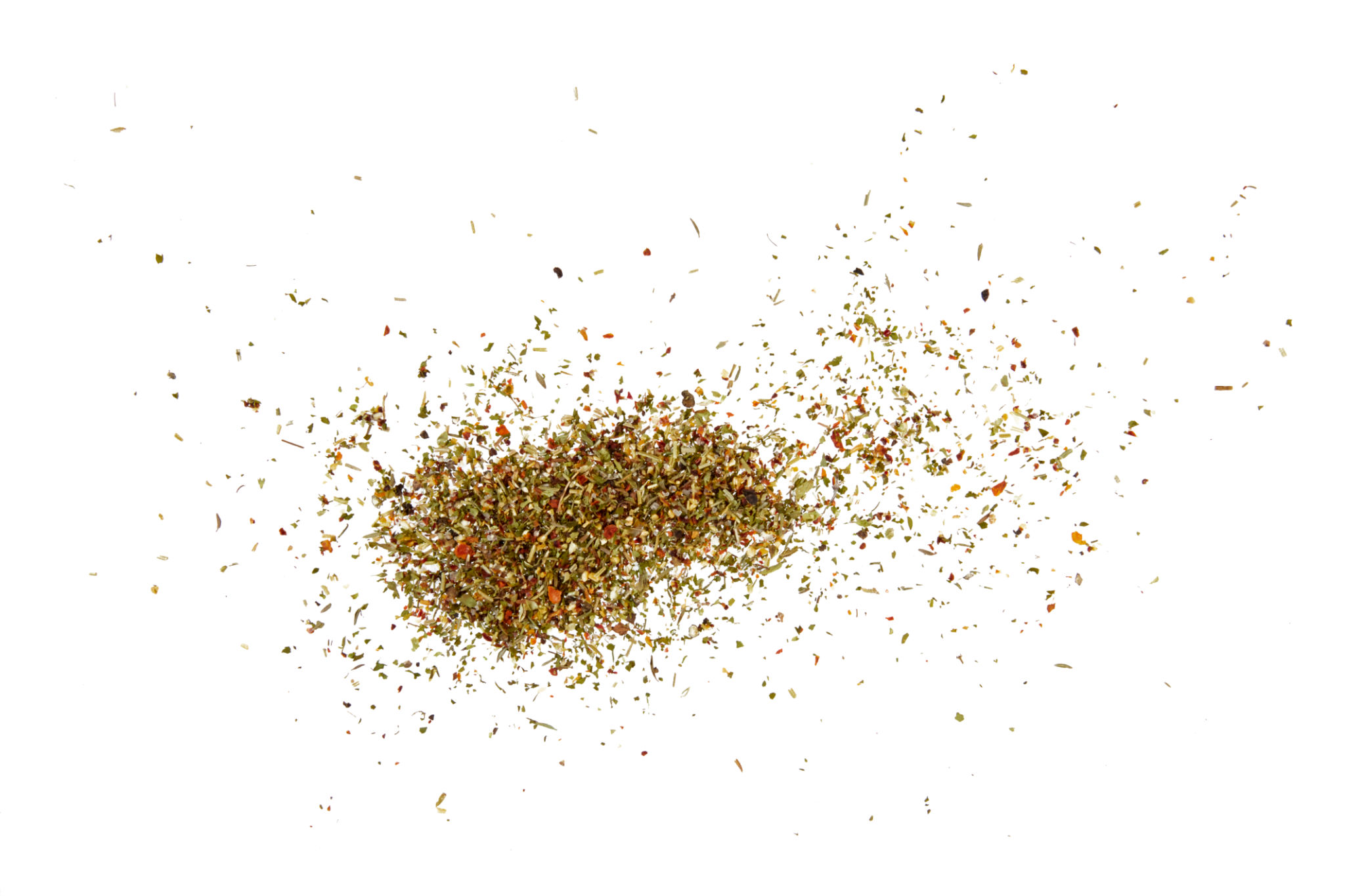From Kitchen to Table: Preparing Meals with Dehydrated Ingredients
Embracing the Art of Dehydration
In our fast-paced world, finding ways to preserve food for longer periods without sacrificing quality is essential. Dehydration, an ancient technique, is making a comeback in modern kitchens. By removing moisture from food, dehydration extends shelf life while retaining nutrients and flavors. From dried fruits to herbs and vegetables, dehydrated ingredients offer a versatile and convenient option for meal preparation.
Whether you're an avid gardener looking to preserve your harvest or someone seeking healthier snack alternatives, dehydrating could be your solution. With a few simple tools, you can transform fresh produce into pantry staples that last for months.

Getting Started with Dehydration
To embark on your dehydration journey, you'll need a reliable dehydrator. These appliances come in various sizes and price ranges, so choose one that fits your needs. If investing in a dehydrator isn't feasible, an oven set to a low temperature can also serve the purpose.
Before starting, it's crucial to prepare your ingredients properly. Wash and slice fruits and vegetables uniformly for even drying. Blanching some vegetables like carrots or broccoli before dehydrating can help retain their color and texture.
- Wash and slice ingredients uniformly.
- Pre-treat certain items to retain color and texture.
- Set your dehydrator or oven to the recommended temperature.
Culinary Creativity with Dehydrated Ingredients
Dehydrated ingredients are incredibly versatile. They allow you to explore new culinary horizons without compromising on quality or flavor. For instance, dried tomatoes can add a burst of umami to sauces and stews, while dehydrated mushrooms offer a rich depth to soups.
Herbs like basil and thyme maintain their aromatic properties when dried and can be easily crushed to sprinkle over dishes. Experiment with creating your own seasoning blends by combining various dried herbs and spices.

Nutritious Snacks at Your Fingertips
One of the most appealing aspects of dehydration is its ability to turn fruits into delicious snacks. Dehydrated apple slices, banana chips, and berry mixes are not only tasty but also free from preservatives and added sugars found in store-bought options.
Create custom trail mixes by combining your favorite dried fruits with nuts and seeds for an energy-packed snack. These homemade treats are perfect for hiking adventures or midday office munching.
- Dried apple slices
- Banana chips
- Berry mixes
Rehydrating for Culinary Delights
While dried foods are excellent for snacking, they can also be rehydrated for use in various recipes. Rehydrating is simple: soak the dried ingredients in water or broth until they regain their original texture and volume.
This technique is particularly useful for incorporating dried vegetables into soups or stews. Dried fruits can be rehydrated and used in baking, adding natural sweetness and moisture to cakes and breads.

Sustainability and Storage Benefits
Dehydrating food contributes to a more sustainable lifestyle by reducing food waste. It allows you to preserve seasonal produce and enjoy it year-round. Additionally, dehydrated foods require less storage space compared to their fresh counterparts, making them ideal for small kitchens or when stocking up for emergencies.
Proper storage is key to maintaining the quality of dehydrated foods. Use airtight containers or vacuum-sealed bags to protect them from moisture and pests. Store these containers in a cool, dark place for optimal shelf life.
Conclusion: A Flavorful Journey
From enhancing meals with nutrient-rich additions to creating healthy snacks, dehydrated ingredients offer endless possibilities in the kitchen. As you embrace this ancient preservation method, you'll discover new flavors and textures that elevate your culinary experience.
Whether you're an experienced home cook or a kitchen novice, integrating dehydrated ingredients into your meals invites creativity and sustainability into your culinary journey. So why not start experimenting today?
